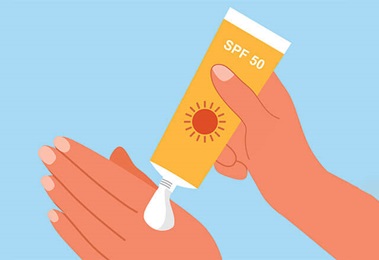Molluscum Contagiosum
What is molluscum contagiosum?
Molluscum contagiosum is a viral disease of the skin. It causes small pink or skin-colored bumps on the skin. It is not harmful and usually does not have any other symptoms. The virus is inside the bumps and is mildly contagious. These bumps usually clear over an extended period of time.
What causes molluscum contagiosum?
Molluscum contagiosum is caused by a virus called the poxvirus. It is most common in children and adolescents, although it can affect adults. The virus usually is spread through skin-to-skin contact with an infected person. People with weakened immune systems, young children, and people living in warm, humid climates are less resistant to molluscum contagiosum.
What are the symptoms of molluscum contagiosum?
The bumps are small and are usually pink or skin-colored. Eventually, the bumps tend to develop a small sunken center. The lesions can form alone or in groups or clusters. They are not harmful, but may cause some cosmetic concern for the individual if they appear on the face or other visible areas.
How is molluscum contagiosum diagnosed?
Molluscum contagiosum is usually diagnosed based on a medical history and physical exam. The lesions are unique and are usually diagnosed on physical exam. Additional tests are not routinely ordered, though occasionally your healthcare provider may want to perform a skin biopsy to confirm the diagnosis.
Treatment for molluscum contagiosum
Specific treatment for molluscum contagiosum will be discussed with you by your healthcare provider based on:
-
Your age, overall health, and medical history
-
Extent of the condition
-
Your tolerance for specific medicines, procedures, or therapies
-
Expectations for the course of the condition
-
Your opinion or preference
In most cases, the lesions will heal without treatment over a period of 6 to 12 months. The virus can last up to 4 years and may leave scars. The best way to avoid this disease is by following good hygiene habits. For example, do not pick or scratch your skin (or someone else's). Always practice good hand-washing hygiene. Additional treatment choices may include:
-
Removal of the lesions, by using cryotherapy (freezing them off), a small blade, electric sparks, or lasers
-
Use of topical medicines (to speed resolution of the lesions)






